My Husband Says Paying My Son’s Tuition Is “No Longer His Responsibility”

About 800,000 years ago, a gigantic asteroid soared through space and plummeted toward Earth. It slammed into our planet with enormous force. It blanketed 10% of Earth with shiny black and green lumps of rocky debris, known as tektites.
Tektites are pieces of rock that get liquefied by the heat of a meteorite impact. Then they cool down to look like dark, glassy pebbles. A trail of these tektites was strewn across Southeast Asia and reached all the way to eastern Antarctica. This is how scientists know this giant meteorite crash happened
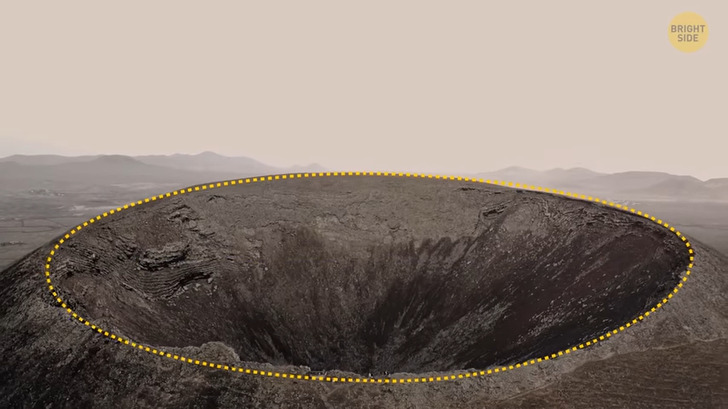
Researchers spent nearly 100 years trying to find the gigantic crater caused by the impact. But the tektites were too widespread. That’s why they couldn’t pinpoint the exact location... Until recently. A team of experts from different universities tried to discover the ground zero of the meteorite impact. They investigated several craters in China and Cambodia. But none seemed to be created by a meteorite crash.
The experts then decided to investigate Laos. It’s the country where they discovered the largest and most concentrated number of tektites. After ruling out all visible craters, the team came up with a new theory: what if the crater is hidden by something? In search of the potential crater, the scientists measured gravity readings at different locations all across Laos. At the site of an ancient volcanic eruption, below thick, dense layers of cooled volcanic lava, they discovered a severe gravitational anomaly. Ooh!
It turned out to be a large, elongated crater, over 300 feet deep and spreading 8 miles wide and 11 miles long. Based on the location and the crater’s enormous size, scientists believe this is the impact site of the ancient meteorite. Meanwhile, over 2 billion years ago, long before the age of dinosaurs, Earth was struck by one of the largest asteroids to ever hit our planet. The asteroid was approximately 6 to 9 miles across and created the biggest impact crater on Earth. This is the Vredefort Crater.
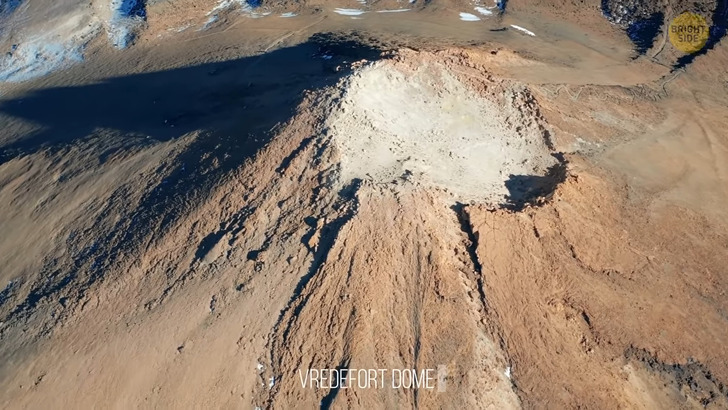
You can find it in present-day South Africa. When it was formed, it had a gigantic diameter of 186 miles. Over the centuries, the massive crater slowly eroded away into the Vredefort Dome. That’s a rocky hill formation that was the central site of the asteroid’s impact.
This formation is so large that it can be seen from space. Today, the Vredefort Dome is a recognized world heritage site. It’s also home to several towns and communities that encourage tourists to come and visit the ancient crater.
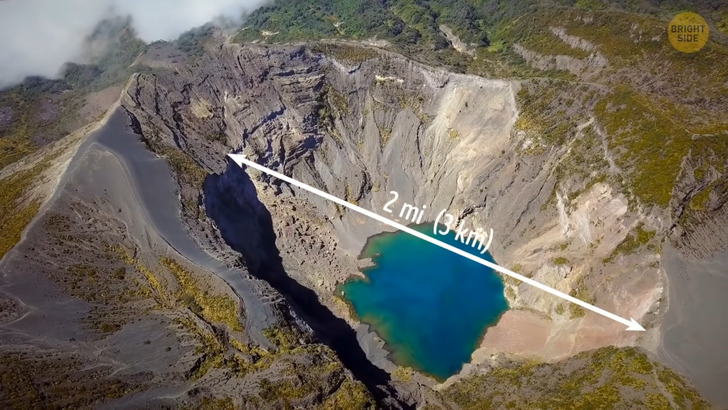
In 1943, one pilot strayed from his regular flight path to avoid dangerous weather conditions. Flying over Quebec, Canada, he spotted a large, perfectly circular basin. That is how the Pingualuit crater was discovered. Around 1.4 million years ago, a meteorite hit this spot, creating this small but deep impact crater. It has a diameter of 2 miles and a depth of 1,300 feet.
A lake of deep blue water has formed at the bottom of the crater. It’s said that this lake contains some of the purest water in the world as it has no inlets or outlets. It means that the lake is only filled by rains and melting snow. The lake is home to one species of fish, the Arctic Char.
The Sudbury Basin is also in Canada. Formed over 1.8 billion years ago, it’s one of the largest and oldest impact craters in the world. It’s located in Ontario. But the impact from the collision was so powerful that debris from it was found 500 miles away in Minnesota.
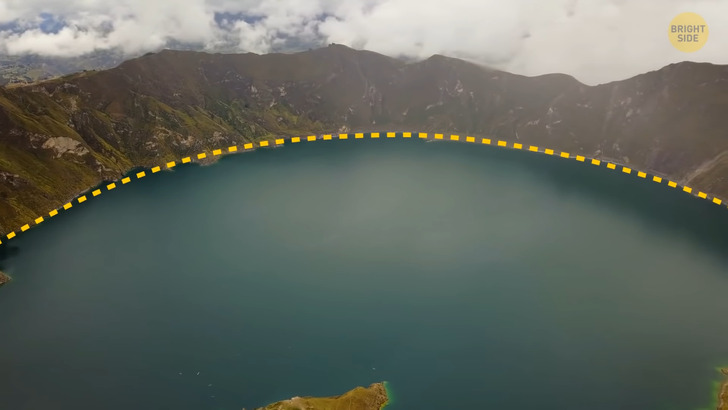
Unlike most impact craters that have a circular shape, the Sudbury Basin is an oval. It’s 39 miles long with a width of 19 miles. The original impact site might have been a whopping 10 miles deep. But its modern-day version is much shallower.
The asteroid that created the Basin carried a high concentration of natural minerals. This made the soil in the crater incredibly fruitful. Today, its floor is home to numerous fruit and vegetable farms. The unique crater formation of Sudbury Basin was used to train Apollo astronauts before they embarked on their missions to the Moon.
Perhaps the most famous meteorite of all is Chicxulub. That’s the meteorite responsible for wiping out 75% of all plant and animal life on Earth, including dinosaurs. The Chicxulub meteorite had a diameter of 6 miles when it struck Earth 66 million years ago. The crater now lies off the coast of Mexico, hidden deep beneath the sea bed. It’s around 93 miles across and 12 miles in depth. Recently, scientists managed to drill deep down into the highest peak of the impact crater to collect rock samples.
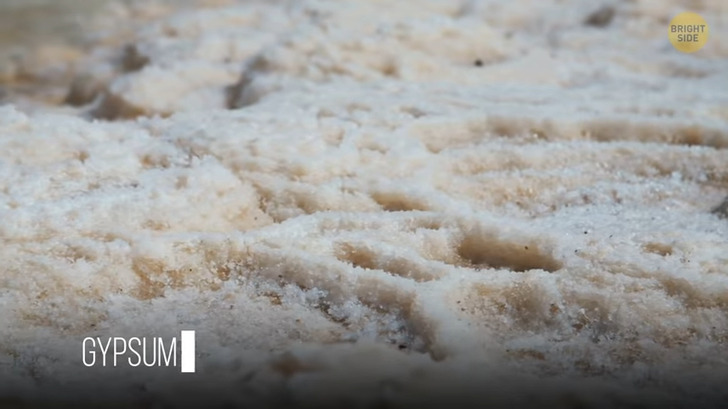
They discovered that the disappearance of dinosaurs wasn’t caused by the giant size of the meteorite or the scale of the blast. It was because of the exact location where the Chicxulub hit Earth. The meteorite struck a part of our planet that was densely filled with a mineral compound called gypsum. It’s a soft sulfate mineral that is typically used as a fertilizer. The collision blasted so much sulfur into the air that it blocked out the Sun. This caused the pro-longed dark winter that doomed the dinosaurs.
One of the youngest craters on Earth is the Barringer Crater in Winslow, Arizona. The Barringer crater is also one of the best-preserved craters on Earth. It was formed 50,000 years ago when a heavy meteorite made mostly of iron plummeted down from space. Earth’s atmosphere barely slowed down the massive chunk of metal. It collided with the ground with incredible force. The meteorite vaporized upon impact, leaving very few remains.
The crater left by this powerful explosion was named after the man who identified it in 1903. It was a mining engineer called Daniel Barringer. The diameter of the crater is 3,900 feet, and it goes 560 feet deep. The Barringer family still owns the impact site to this day. You can visit the crater and take a guided tour around its rim.
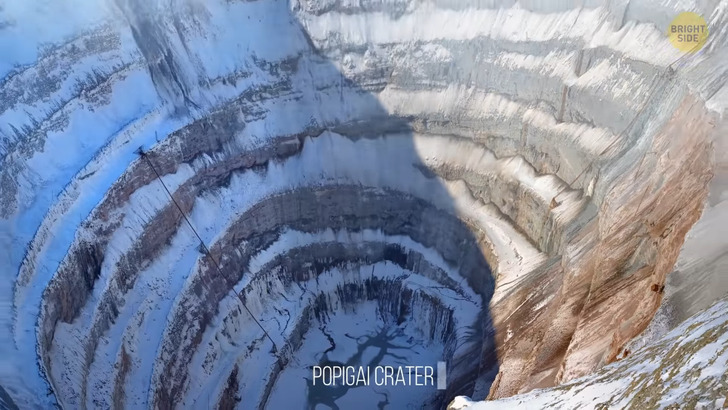
The Popigai crater in Siberia is one of the most interesting craters on Earth. An asteroid impact over 35 million years ago formed this massive basin. The crater is 62 miles across, which makes it the fourth-largest one in the world.
This crater is unique as it’s home to one of the largest diamond deposits in the world. The intense pressure from the collision transformed the graphite at the impact site into diamonds. Scientists say that the crater contains trillions of carats of diamonds. But no one has ever mined them due to the site’s remote location and lack of infrastructure.
In the year 1530 BCE, a meteoroid entered Earth’s atmosphere before shattering into pieces. The meteorite’s burning fragments rained down on Earth and crashed into the planet’s surface. As a result, a group of craters appeared on a small Estonian island, Saaremaa. The largest crater is a 360-ft-wide perfect circle. It’s 70 feet deep and filled with blue water. Eight smaller craters that appeared during the collision can be found within a half-mile radius of the largest crater.
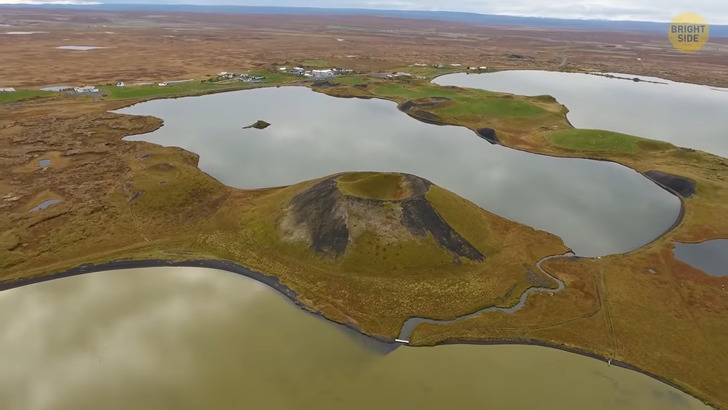
The impact of the meteorite fragments caused the trees on the island to catch fire. Almost all forests burned down. Luckily, the woodlands have now grown back, and the craters are a popular hiking destination for tourists.
A meteorite struck the area we now know as Quebec, Canada, around 200 million years ago. This collision created the sixth-largest impact crater in the world. It had a diameter of 40 miles. Over the centuries, the outer rim of the crater has filled up with water. It’s now known as Manicouagan Reservoir. The impact crater lake is so large it can be seen from space. And its strange shape gave the lake its nickname “The Eye of Quebec.”
The oldest meteorite crater in the world is in Western Australia. The Yarrabubba crater is 2.2 billion years old. The impact sight is so ancient that the original crater has completely eroded away. Yarrabubba’s diameter was around 19 to 43 miles. Scientists managed to figure out the age of the impact sight by analyzing the ancient crystals and minerals found within the crater.











